Indianapolis 500 Running Without Fans

Delayed six times by the coronavirus pandemic, Roger Penske vowed the Indy 500 would not be ran in 2020 without an audience in the stands. Having purchased the historic Indianapolis Motor Speedway in January, Penske said he was willing to run the race with limited capacity (quoting estimates that continued to come down as the year progressed) and drafted an extensive manual to help organizers keep attendees safe. However, the document will no longer be needed, now that the decision has been made to hold the event with the rafters completely empty on August 23rd.
Safety has trumped good times once again as Mr. Penske noted cases continue to rise in Indiana, forcing him to recant his decision to allow fans into the venue. Only essential personnel will be allowed to enter this year’s Indianapolis 500.
“We didn’t buy the Speedway for one year, we bought it for generations to come, and it’s important to our reputation to do the right thing,” Penske told the Associated Press in a recent interview, adding that the money wasn’t worth the risking of lives. It’s also unlikely to affect ratings as dramatically as your NBA/MLBs. Despite most motorsports having a tendency to draw in more fans as the likelihood of crashing increases, the benefits of mechanized blood sports are largely limited to what happens on the track.
Risking the health of patrons will garner Penske little more than negative publicity — even if the Speedway offers more than enough room for social distancing when operated at partial capacity. Meanwhile, IU Health (the state’s largest health care network) advised against hosting the event with fans present. IMS workers were said to be gobsmacked since the organization was instrumental in penning the safety guidelines it had intended to use. But Penske ultimately decided to continue following its guidance and prohibit guests entirely.
From AP:
“We didn’t buy the Speedway for one year, we bought it for generations to come, and it’s important to our reputation to do the right thing,” Penske said in a telephone interview.
He said the financial ramifications of not hosting spectators — which even at 25 [percent] capacity, the mammoth facility could have held about 80,000 people — played no part in his decision. Rather, the continued increase of COVID-19 cases in Marion County made shutting out spectators the responsible decision.
“We need to be safe and smart about this,” Penske said. “Obviously we want full attendance, but we don’t want to jeopardize the health and safety of our fans and the community. We also don’t want to jeopardize the ability to hold a successful race.”
As part of the plan introduced two weeks ago for 25 [percent] of fan capacity, spectators who had purchased badges that granted them access to the garage and pit lane was going to be permitted, as well as infield access. Although the speedway, which can hold at least 350,000 spectators, has the space for social distancing, Penske did not want to put fans or competitors at risk.
He doesn’t sound overly pleased with having to make the decision. After spending a fortune to purchase and then spruce up the track, it has to be maddening for him to see it operating without cheering crows.
“Look, this is a long-term investment for us for many generations to come,” Penske said. “We will continue to improve the speedway, the competitors will get to see it over the next two weeks and we believe this decision now regarding the 500 is in the best interest of protecting the 500 for the future.”
[Image: Jonathan Weiss/Shutterstock]

A staunch consumer advocate tracking industry trends and regulation. Before joining TTAC, Matt spent a decade working for marketing and research firms based in NYC. Clients included several of the world’s largest automakers, global tire brands, and aftermarket part suppliers. Dissatisfied with the corporate world and resentful of having to wear suits everyday, he pivoted to writing about cars. Since then, that man has become an ardent supporter of the right-to-repair movement, been interviewed on the auto industry by national radio broadcasts, driven more rental cars than anyone ever should, participated in amateur rallying events, and received the requisite minimum training as sanctioned by the SCCA. Handy with a wrench, Matt grew up surrounded by Detroit auto workers and managed to get a pizza delivery job before he was legally eligible. He later found himself driving box trucks through Manhattan, guaranteeing future sympathy for actual truckers. He continues to conduct research pertaining to the automotive sector as an independent contractor and has since moved back to his native Michigan, closer to where the cars are born. A contrarian, Matt claims to prefer understeer — stating that front and all-wheel drive vehicles cater best to his driving style.
More by Matt Posky
Latest Car Reviews
Read moreLatest Product Reviews
Read moreRecent Comments
- Danddd Just say no to CVTs unless you like the sound of droning.
- Oberkanone GM will have 30 EV models by 2025. Over 40% of GM sales will be EV by 2025.quote - Marry Barra circa 2020Including 4 Chevy EV, 2 Buick EV, and 4 Cadillac EV.
- Dwford There's plenty of time between now and 2030-35 to design and sell through a whole new generation of ICE vehicles, if not 2 generations. Chevy seems to be on a dual track plan with ICE and EV versions of the Equinox and Blazer nameplates. No reason Cadillac can't do something similar.
- Kwik_Shift_Pro4X Poop or get off the pot.
- TheMrFreeze The wife unit and I refuse to buy a white/black/grey/silver car...life's too short for boring. As it happens we both drive orange cars right now but slightly different shades. Total coincidence, just happened that the used cars we found that met our requirements (ie: manual trans and at least some amount of character) both happened to be orange. My previous daily driver was orange as well, again total coincidence...they just seem to find us I guess...

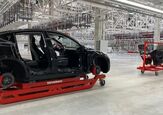














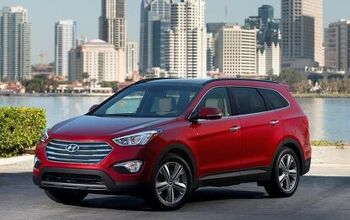

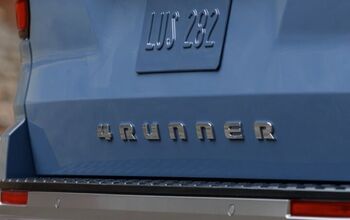

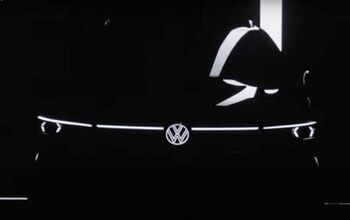



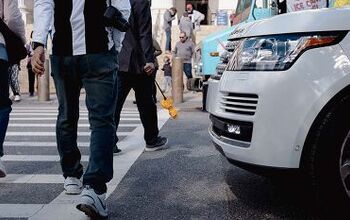

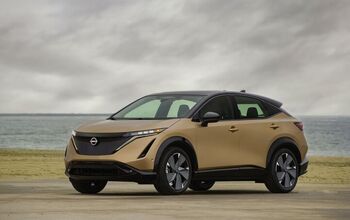



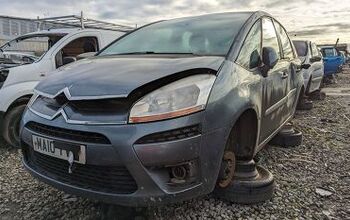


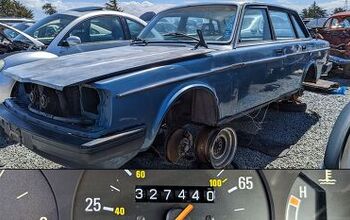
Comments
Join the conversation
Poor Roger.
"After spending a fortune to purchase and then spruce up the track, it has to be maddening for him to see it operating without cheering crows." The crows would be welcome, but getting them to cheer would be a bit of a challenge. All this will clear up with time, and a good vaccine. (Seriously, though, how hard is it to proofread a few paragraphs before hitting "send"?!)